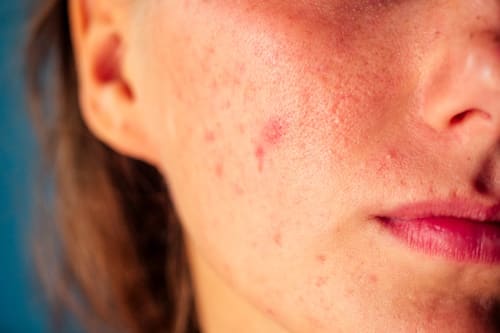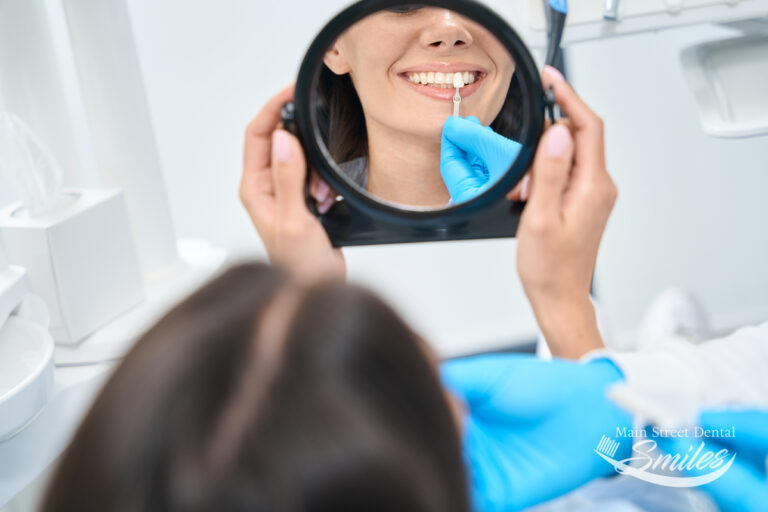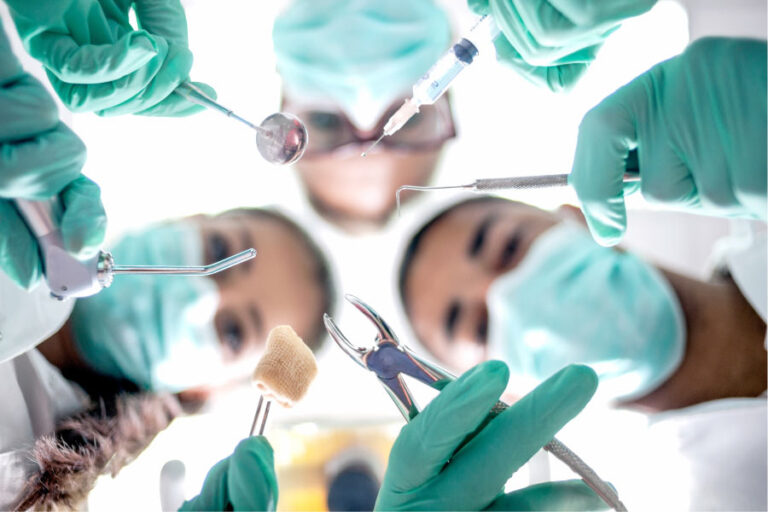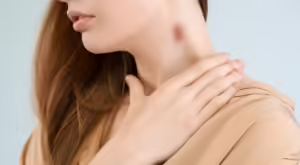Introduction
Small bumps on the hand can be an alarming sight for many, especially when they appear suddenly or seem to worsen over time. These bumps can be caused by a variety of factors, ranging from harmless skin conditions to more serious underlying health issues. In this article, we’ll explore the different causes of small bumps on the hand, how to identify them, potential treatment options, and preventive measures to keep your hands healthy and bump-free. Whether you’ve just noticed a few small bumps on your hand or have been dealing with them for a while, this comprehensive guide will help you understand what might be causing them and what you can do about it.
What Are Small Bumps on Hand?
Small bumps on the hand can manifest in different forms, including raised, flat, red, white, or flesh-colored. These bumps may be itchy, painful, or completely asymptomatic. Understanding the characteristics of these bumps can help you identify their cause and determine the best course of action.
Common Characteristics
- Size: Generally small, ranging from the size of a pinhead to a pea.
- Texture: Can be smooth, rough, or filled with fluid.
- Color: Often flesh-colored, red, or white.
- Location: Can appear anywhere on the hand, including the fingers, palm, and back of the hand.
- Symptoms: Some may cause itching, pain, or burning sensations, while others may not be symptomatic at all.
Common Causes of Small Bumps on Hand
Several factors can lead to the development of small bumps on the hand. Below are some of the most common causes, along with their associated symptoms and potential treatments.
1. Contact Dermatitis
Contact dermatitis occurs when the skin comes into direct contact with an irritant or allergen, leading to a rash or small bumps. Common irritants include soaps, detergents, and certain metals like nickel.
- Symptoms: Red, itchy bumps, often accompanied by dry or cracked skin.
- Treatment: Avoiding the irritant, using topical steroids, and applying moisturizers to soothe the skin.
2. Dyshidrotic Eczema
Dyshidrotic eczema is a type of eczema that specifically affects the hands and feet. It is characterized by small, fluid-filled blisters that can be extremely itchy.
- Symptoms: Tiny, itchy blisters, often filled with clear fluid.
- Treatment: Topical steroids, antihistamines, and avoiding triggers like stress or moisture.
3. Keratosis Pilaris
Keratosis pilaris is a common, harmless condition that causes rough patches and tiny, acne-like bumps, often on the upper arms, thighs, cheeks, and hands.
- Symptoms: Small, painless bumps that may feel rough to the touch.
- Treatment: Moisturizers containing lactic acid or urea, exfoliation, and gentle skincare.
4. Warts
Warts are caused by the human papillomavirus (HPV) and are contagious. They often appear as small, grainy bumps on the hands.
- Symptoms: Raised, rough bumps with a grainy texture, often with black dots in the center.
- Treatment: Over-the-counter wart treatments, cryotherapy, or laser removal.
5. Milia
Milia are tiny, white cysts that form when dead skin cells become trapped under the skin’s surface. They are common in newborns but can also occur in adults.
- Symptoms: Small, white bumps that are typically not itchy or painful.
- Treatment: Exfoliation, topical retinoids, or professional extraction by a dermatologist.
6. Hand-Foot-and-Mouth Disease
This contagious viral infection primarily affects children but can also occur in adults. It causes small, red bumps or sores on the hands, feet, and inside the mouth.
- Symptoms: Red bumps, fever, sore throat, and loss of appetite.
- Treatment: Supportive care, including hydration, pain relief, and rest.
Less Common Causes of Small Bumps on Hand
While the above conditions are more common, there are other, less common causes of small bumps on the hand that you should be aware of.
1. Granuloma Annulare
Granuloma annulare is a chronic skin condition that results in ring-shaped bumps on the skin. The exact cause is unknown, but it is generally harmless and often resolves on its own.
- Symptoms: Circular or ring-shaped bumps that may be skin-colored or reddish.
- Treatment: Corticosteroid creams, light therapy, or observation if the condition is mild.
2. Lichen Planus
Lichen planus is an inflammatory condition that affects the skin and mucous membranes. It can cause flat-topped, purple bumps that may be itchy.
- Symptoms: Purple, flat bumps, often with a lacy white pattern.
- Treatment: Topical steroids, antihistamines, or phototherapy.
3. Scabies
Scabies is caused by tiny mites that burrow into the skin, leading to intense itching and small bumps.
- Symptoms: Intense itching, especially at night, and small, red bumps that may form a linear pattern.
- Treatment: Prescription creams or oral medications to kill the mites.
4. Rheumatoid Nodules
Rheumatoid nodules are firm lumps that occur in people with rheumatoid arthritis. They are usually found over pressure points like the knuckles or elbows.
- Symptoms: Firm, painless bumps that are usually associated with other symptoms of rheumatoid arthritis.
- Treatment: Managing the underlying rheumatoid arthritis with medications.
Diagnosing Small Bumps on Hand
If you notice small bumps on your hand, it’s essential to monitor their appearance and any associated symptoms. In many cases, these bumps are harmless and may resolve on their own. However, if the bumps are persistent, painful, or accompanied by other symptoms, it may be time to consult a healthcare professional.
Self-Examination Tips
- Look for patterns: Are the bumps symmetrical? Do they appear in clusters?
- Check for other symptoms: Note any itching, pain, or changes in skin texture.
- Monitor changes: Keep track of any changes in size, color, or number of bumps over time.
When to See a Doctor
- Persistent or worsening bumps: If the bumps do not improve with over-the-counter treatments or home remedies.
- Painful or infected bumps: If the bumps become painful, swollen, or ooze pus, it may indicate an infection.
- Accompanying symptoms: If you experience other symptoms like fever, fatigue, or joint pain, it could indicate an underlying condition that requires medical attention.
Treatment Options for Small Bumps on Hand
Treatment for small bumps on the hand varies depending on the underlying cause. In many cases, over-the-counter treatments and home remedies can provide relief, but more persistent or severe cases may require medical intervention.
Over-the-Counter Treatments
- Topical steroids: Effective for reducing inflammation and itching associated with conditions like eczema and dermatitis.
- Moisturizers: Regular use of moisturizers can help soothe dry, irritated skin and prevent the formation of bumps caused by conditions like keratosis pilaris.
- Wart treatments: Salicylic acid-based treatments can be effective in removing warts over time.
Home Remedies
- Cold compresses: Applying a cold compress can help reduce itching and swelling associated with conditions like contact dermatitis.
- Oatmeal baths: An oatmeal bath can soothe irritated skin and reduce inflammation.
- Aloe vera: Aloe vera has natural anti-inflammatory properties that can help calm irritated skin.
Medical Treatments
- Prescription creams: For more severe cases, a doctor may prescribe stronger topical steroids, retinoids, or other medications.
- Cryotherapy: This procedure involves freezing off warts or other lesions with liquid nitrogen.
- Light therapy: Also known as phototherapy, this treatment uses ultraviolet light to reduce inflammation and improve skin conditions like eczema or lichen planus.
- Surgical removal: In some cases, such as with persistent warts or cysts, surgical removal may be necessary.
Preventing Small Bumps on Hand
While some causes of small bumps on the hand are unavoidable, there are several preventive measures you can take to reduce the risk of developing them.
Proper Hand Hygiene
- Wash your hands regularly: Regular handwashing with mild soap can help prevent infections and reduce the risk of contact dermatitis.
- Moisturize frequently: Keeping your hands moisturized can prevent dryness and reduce the likelihood of developing conditions like eczema or keratosis pilaris.
- Avoid harsh chemicals: Wear gloves when handling cleaning products or other irritants to protect your skin from contact dermatitis.
Avoiding Allergens and Irritants
- Identify triggers: If you have a history of contact dermatitis, try to identify and avoid the substances that trigger your symptoms.
- Use hypoallergenic products: Opt for skincare products and soaps that are free from fragrances and harsh chemicals.
Managing Underlying Conditions
- Control eczema: If you have a history of eczema, work with your doctor to develop a management plan to keep flare-ups under control.
- Monitor chronic conditions: If you have an underlying condition like rheumatoid arthritis, regular check-ups with your healthcare provider can help manage symptoms and prevent complications like rheumatoid nodules.
When to Seek Professional Help
While small bumps on the hand are often harmless and can be managed with home care, there are situations where professional
4o













